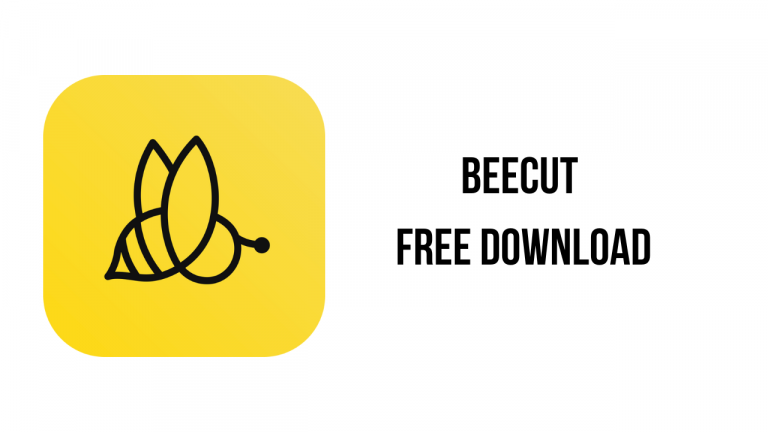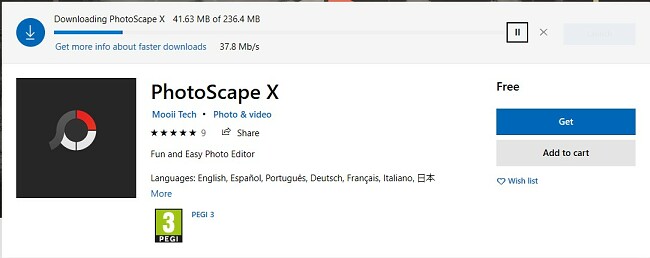New News For Picking A Free Software Keygen
Wiki Article
What Are Adobe Media Encoder Versions And How Does Cs6 Compare With 2015, 2020, And 2022? How Do I Get Free?
Adobe Media Encoder can be used to export media files from Adobe Premiere Pro and After Effects. Adobe Media Encoder, which is used to export media, is typically a companion to Adobe Premiere Pro.
Adobe Media Encoder CS6 – It was released in 2012, and this version was included with the Adobe Creative Suite 6 and was released in the same year. It included several new features, including GPU-accelerated decoding, the capability to export into a variety of formats, as well as better efficiency and stability.
Adobe Media Encoder 15: The 2015 version included several new features, including the support of HDR. The interface for users was also upgraded.
Adobe Media Encoder 2020 – The software was published by Adobe in 2019 with many new features. They support ProRes RAW & HDR in HEVC aswell being able to export new formats to H.264 adaptive stream bitrate along with increased performance and stability.
Adobe Media Encoder: Version 2022 was released in 2020 and features a number of improvements. These include support for HDR formats in addition to the ability to export videos with higher resolutions. Also included are new presets which can be used on social media websites and also better performance.
In general, each version of Adobe Media Encoder has introduced new features and enhancements, such as support for new formats, better performance, and improved stability. These updates make it easier to export your media files into different formats and for different devices. Read the top rated https://indosoftwareboutique.com/ for more recommendations.

What Exactly Is Beecut, And What Are The Distinctions Between The Different Beecut Versions? How Do I Get Free?
BeeCut offers an intuitive user interface that allows users to edit video. BeeCut comes in two versions: Free, and Pro. This is how they differ:
BeeCut Free. This is the free version of BeeCut. The free version allows users to edit videos using basic editing tools like cutting, splitting, merging, and cropping. The free version allows users to edit videos using basic editing tools, such as cutting as well as splitting, merging and cropping.
BeeCut Pro (paid version) includes all features that are available in the free version, with advanced features. BeeCut Pro offers users more than 300 effects for video, including overlays, filters and transitions. Keyframe animations are also supported which allows users to make more complex animations. Video stabilization is supported in the Pro version in addition to exporting videos in 4K resolution.
The free version of BeeCut lets users edit video with simple editing tools, while the Pro version offers advanced editing tools for more complex videos and features. Check out the most popular https://indosoftwareboutique.com/ for blog info.

Photoscape Pro Comes In Various Versions. How Do I Get Free?
Photoscape X Pro provides a array of features designed specifically for professionals. Photoscape X Pro, a paid-for version of Photoscape X free software, has more advanced features designed for graphic designers and professional photographers. The different versions of Photoscape X Pro differ in their capabilities and capabilities. Regular updates are made to the software, adding new features. Some features that could differ across versions include:
Batch editing capabilities The capability of multiple images being edited simultaneously.
RAW processing: The ability to work RAW image files
Color correction: The ability to adjust colors and tones in your photos
Filters and effects - a range of filters that make your photos more attractive
Clone stamps are a way to remove unwanted elements from your images
Text and graphics allows you to include text in your images. Text and graphics allow you to add text to your.
Templates for collage and layout Templates that are pre-designed to create collages and layouts
Furthermore, the cost and availability of various versions could differ depending on the region you live in and the platform that you are using. View the top rated https://indosoftwareboutique.com/ for website info.

What Is Vmware Workstations And What Are The Differences Between Them? How Do I Get Free?
VMware Workstation, a virtualization software, lets users to run several virtual machines at the same time on a single computer. Users can effortlessly switch between virtual machines, each running its individual operating system. The various versions of VMware Workstation differ in their features and compatibility. Here's a brief overview.
VMware Workstation 6.5 It was released in 2008 and was the first version to be able to run Windows Vista and 64-bit operating systems.
VMware Workstation 8. This version was launched by VMware in the year 2011. It comes with new features such as multi-touch and USB 3.0 and the ability to upload VMs.
VMware Workstation 10 was launched in 2013. It brought new hardware virtualization features, such as SSD passthrough as well as Intel Haswell CPU optimizations.
VMware Workstation 12 was released in 2015. It brought new features on virtual hardware including DirectX 10 support and support for Windows 10.
VMware Workstation 14 was released in 2017. It is compatible with the most recent versions Windows and Linux and includes the ability to support UEFI Secure Boot.
VMware Workstation 16, due out in 2020, supports Windows 10 and Ubuntu. The version also has support for virtual hardware such as Virtual NVMe and Trusted Platform Modules (TPM).
VMware Workstation has different editions. The Pro and Player editions have different functions and features. The Pro edition is designed for professionals, offering more advanced features like cloning and remote connections. It also works with vSphere. The Player version is, however, designed to be used by anyone and comes with a streamlined user interface. Take a look at the best https://indosoftwareboutique.com/ for website tips.

What Are The Various Versions Of Xrmtoolbox? How Do I Get Free?
XrmToolBox provides an open-source solution for managing Dynamics 365, Power Platform and various other environments. It contains a variety of utilities and tools which can be used to accomplish tasks including customizing managing data and debugging, or even connecting with other systems. The various versions of XrmToolBox differ in terms of features, compatibility issues, and bug fixing. The notable versions of XrmToolBox include: XrmToolBox 1.0: This version provided a set of essential functions, including solution import and output, plugin registration workflow management, exporting of solutions. It was compatible Dynamics CRM 11 2013, 2013 and 2015.
XrmToolBox v2.x The new version has enhanced functionality as well as new tools like the Metadata Browser Form and View Editor, the Attribute Manager etc. It is compatible with Dynamics CRM 2016 or Dynamics 365.
XrmToolBox v3.x Version 3.x has a new UI that is more modern and includes a variety of new tools like the Ribbon Workbench, Web Resource Manager, and the Code Editor. It was compatible with Dynamics 365 and Power Apps.
XrmToolBox 4.0 The release was focused on improving stability and performance of the application. It introduced new tools such as the dependency tester and attribute usage inspector. It was compatible with Dynamics 365 Power Apps.
XrmToolBox 5: This version included new tools, such as the Portal Profiler as well as the Model-Driven App Designer. The interface was also improved as well as bug fixes made. It was compatible with Dynamics 365 and Power Apps.
XrmToolBox 6.2 Version 6.2: This latest version focuses on improving the overall experience for users. It introduces a brand user interface that is completely new and also new tools. Improvements in performance are also included. The version also supports the most current versions of Dynamics 365 and Power Apps.